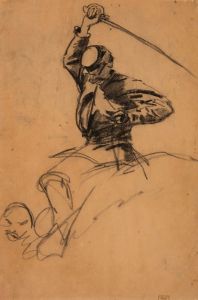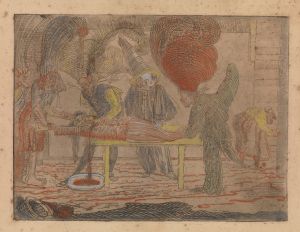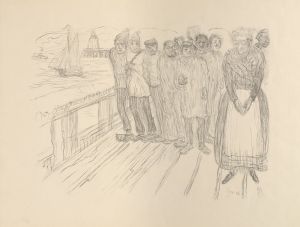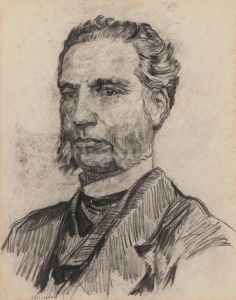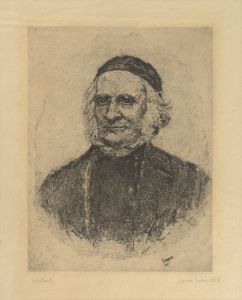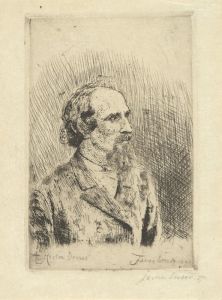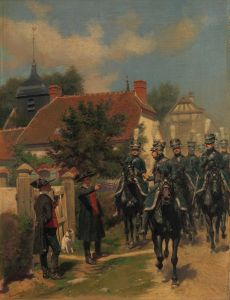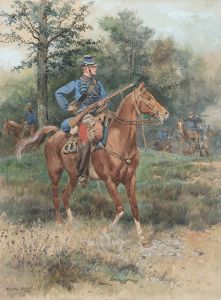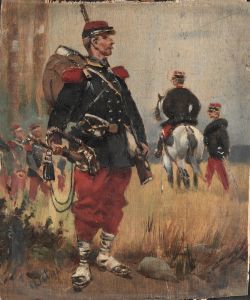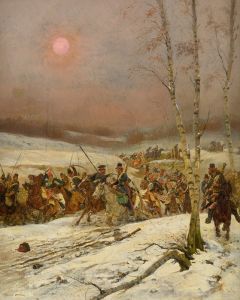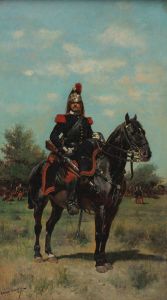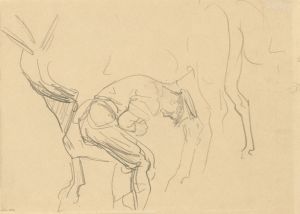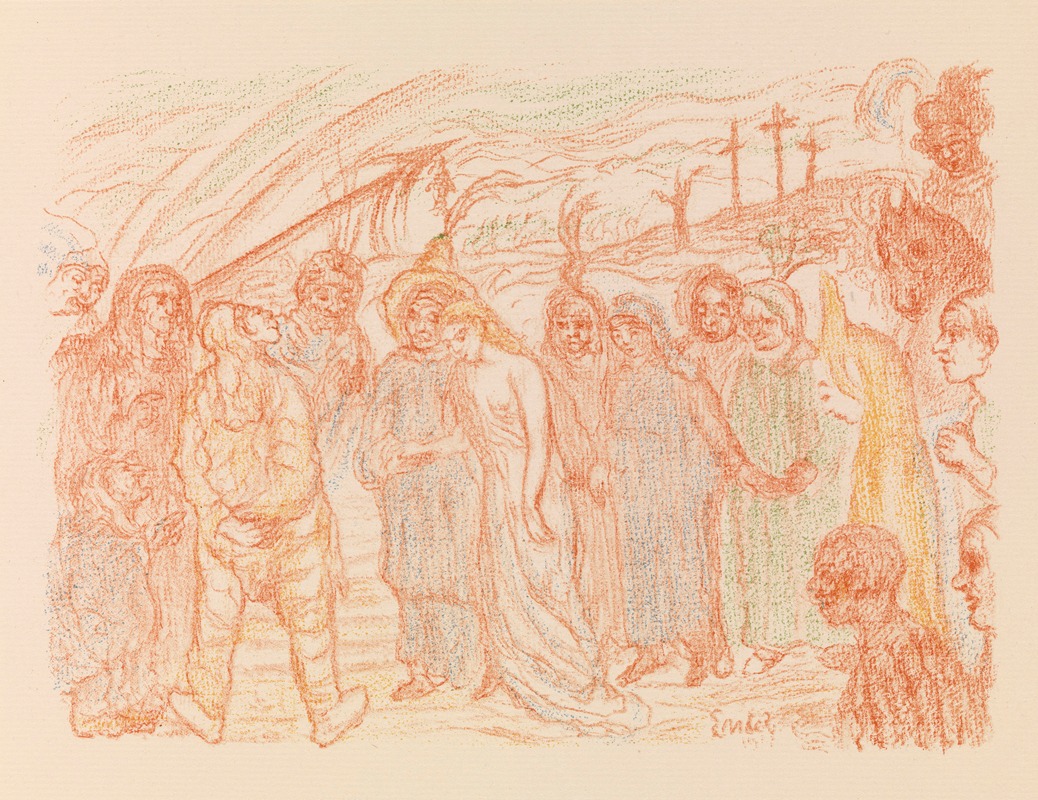
The Return of the Calvary
A hand-painted replica of James Ensor’s masterpiece The Return of the Calvary, meticulously crafted by professional artists to capture the true essence of the original. Each piece is created with museum-quality canvas and rare mineral pigments, carefully painted by experienced artists with delicate brushstrokes and rich, layered colors to perfectly recreate the texture of the original artwork. Unlike machine-printed reproductions, this hand-painted version brings the painting to life, infused with the artist’s emotions and skill in every stroke. Whether for personal collection or home decoration, it instantly elevates the artistic atmosphere of any space.
James Ensor's painting "The Return of the Calvary" is a notable work by the Belgian artist, who is renowned for his unique style that blends elements of expressionism and symbolism. Ensor, born in 1860 in Ostend, Belgium, was a pivotal figure in the development of modern art in Europe. His work often features fantastical imagery and a vivid use of color, reflecting his interest in themes of mortality, satire, and the grotesque.
"The Return of the Calvary" is an exemplary piece that showcases Ensor's distinctive approach to painting. Although specific details about the creation date and the exact circumstances surrounding this particular work are not extensively documented, it is consistent with Ensor's broader body of work from the late 19th to early 20th century. During this period, Ensor was deeply engaged with religious and allegorical themes, often reinterpreting traditional Christian iconography with a modern, critical twist.
In "The Return of the Calvary," Ensor employs his characteristic style of vibrant colors and dynamic composition. The painting likely depicts a scene related to the biblical narrative of Calvary, the site outside Jerusalem where Jesus was crucified. Ensor's interpretation, however, is not a straightforward religious depiction. Instead, it is infused with his signature blend of satire and commentary on contemporary society. This approach is typical of Ensor, who frequently used religious motifs to critique the social and political issues of his time.
Ensor's work is known for its crowded compositions filled with a multitude of figures, often wearing masks or displaying exaggerated expressions. This technique is evident in "The Return of the Calvary," where the figures may appear distorted or caricatured, reflecting Ensor's interest in the absurdity and hypocrisy he perceived in the world around him. The use of masks and grotesque figures is a recurring theme in Ensor's oeuvre, symbolizing the hidden truths and facades of human nature.
The painting is also notable for its bold use of color, a hallmark of Ensor's style. He often employed a palette that included bright, almost jarring colors, which served to heighten the emotional impact of his work and draw attention to the underlying themes of chaos and conflict. This vivid coloration, combined with the complex interplay of figures, creates a sense of movement and energy that is characteristic of Ensor's paintings.
James Ensor's influence on modern art is significant, as his work paved the way for later movements such as expressionism and surrealism. His ability to blend traditional subjects with innovative techniques and critical perspectives has earned him a lasting place in the history of art. "The Return of the Calvary," like many of Ensor's works, challenges viewers to reconsider familiar narratives and confront the complexities of human experience.
Overall, "The Return of the Calvary" exemplifies James Ensor's unique artistic vision, combining religious iconography with a modern, critical sensibility. Through his use of color, composition, and thematic exploration, Ensor invites viewers to engage with the painting on multiple levels, reflecting both the personal and societal dimensions of his art.





